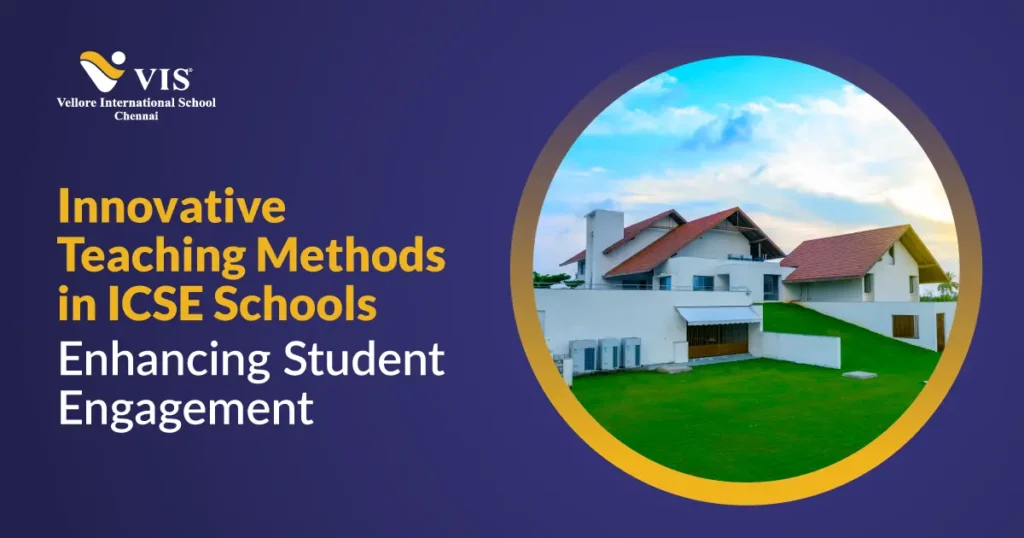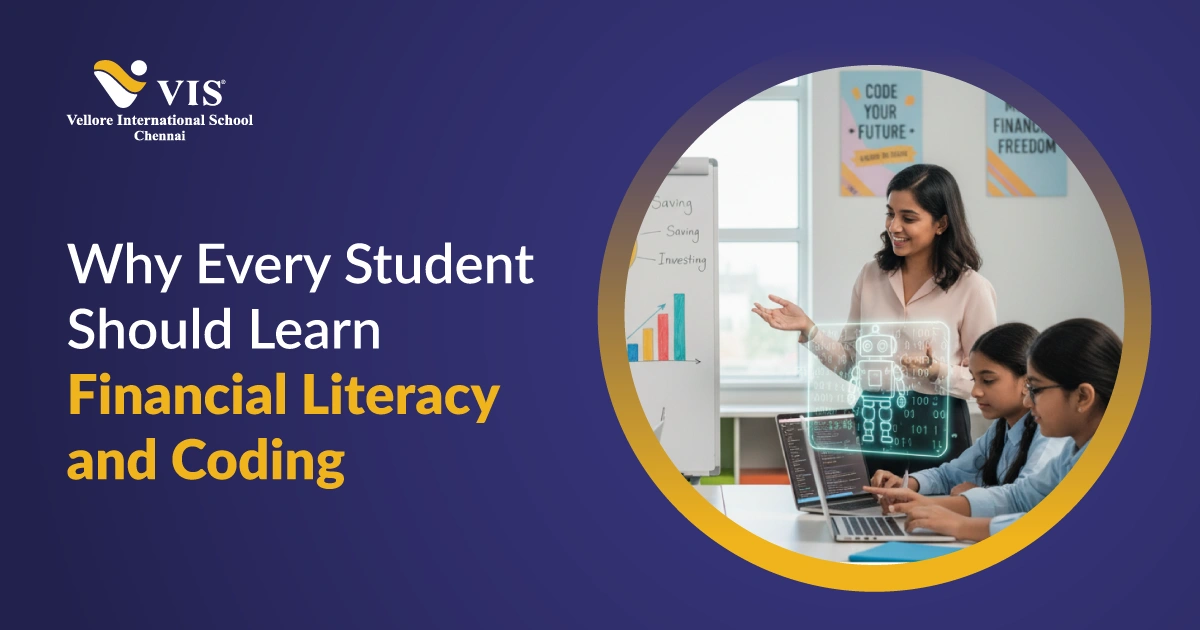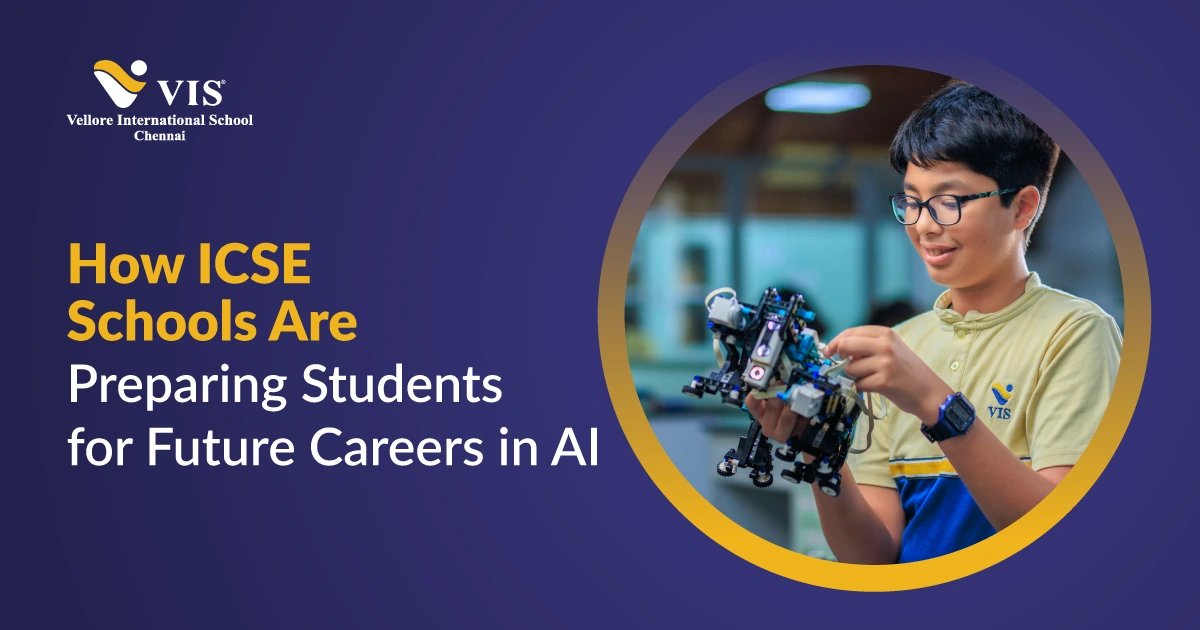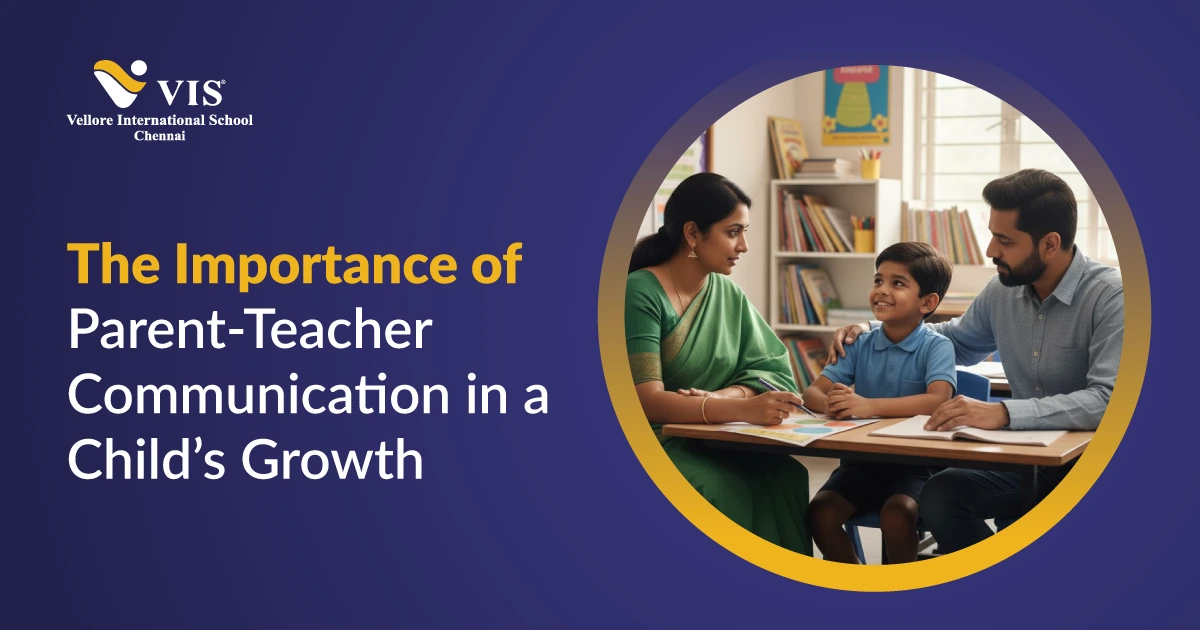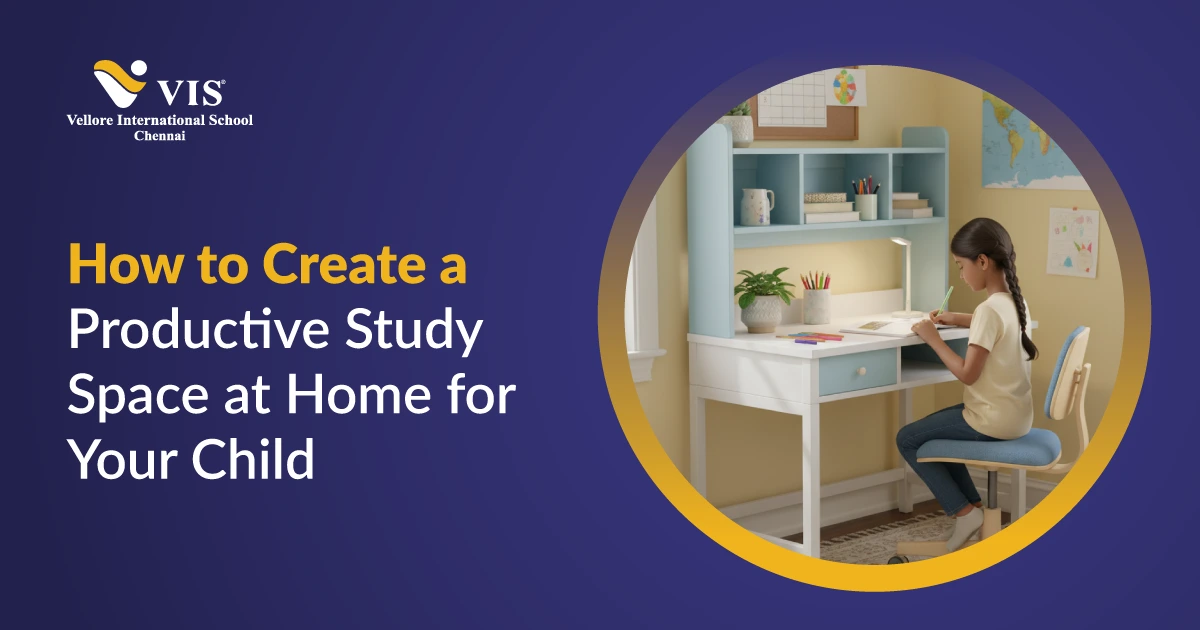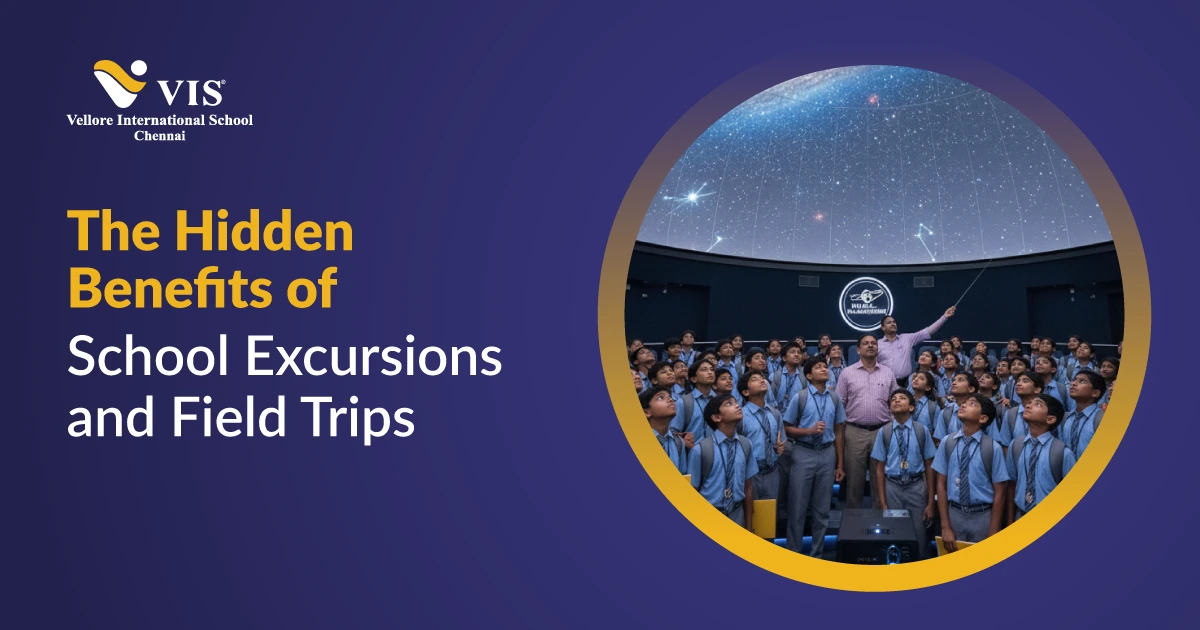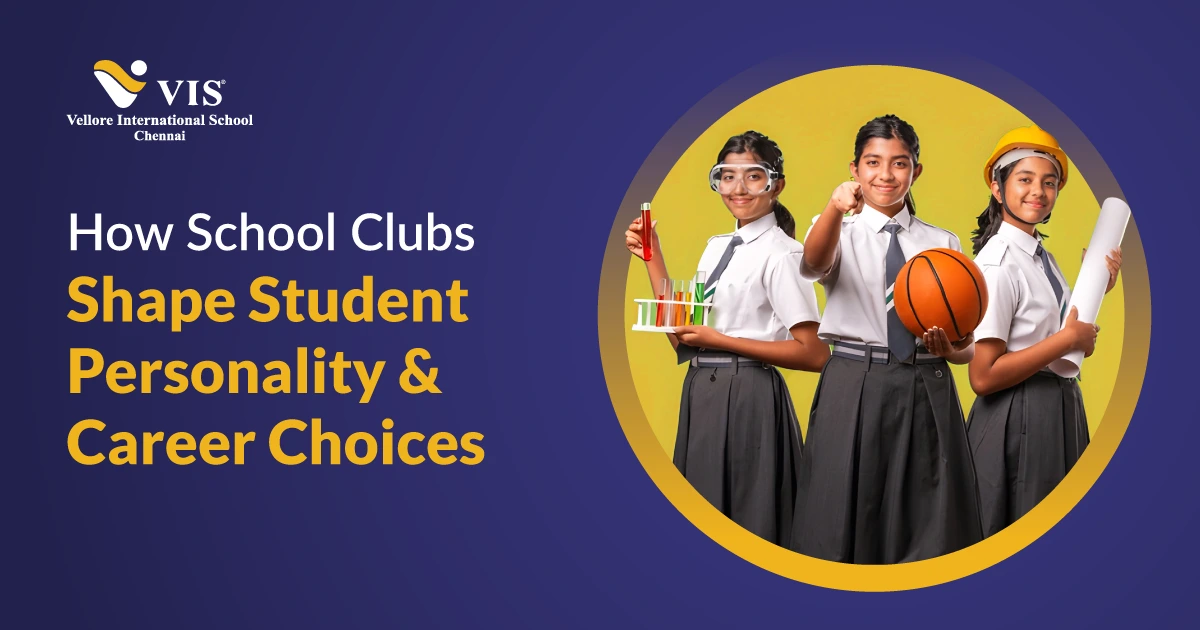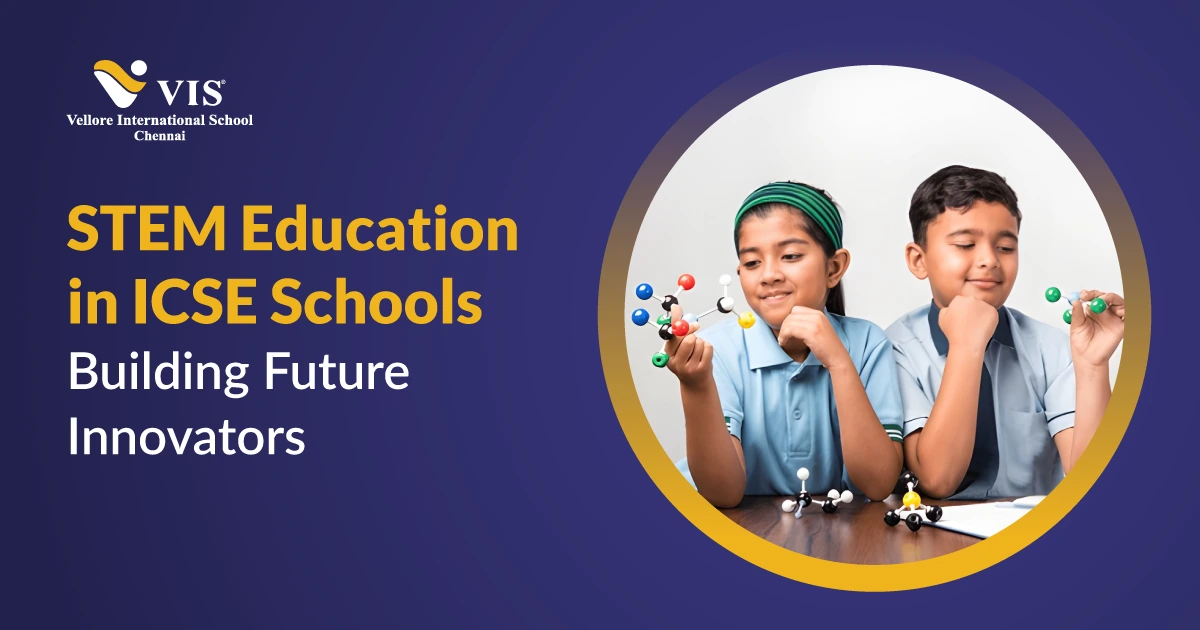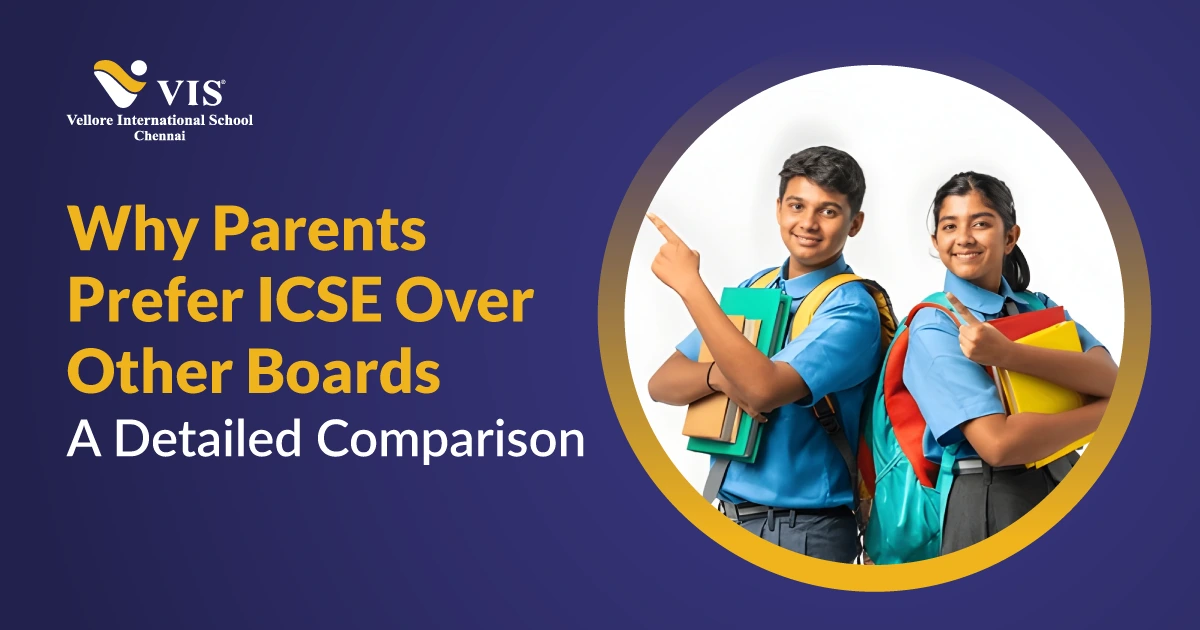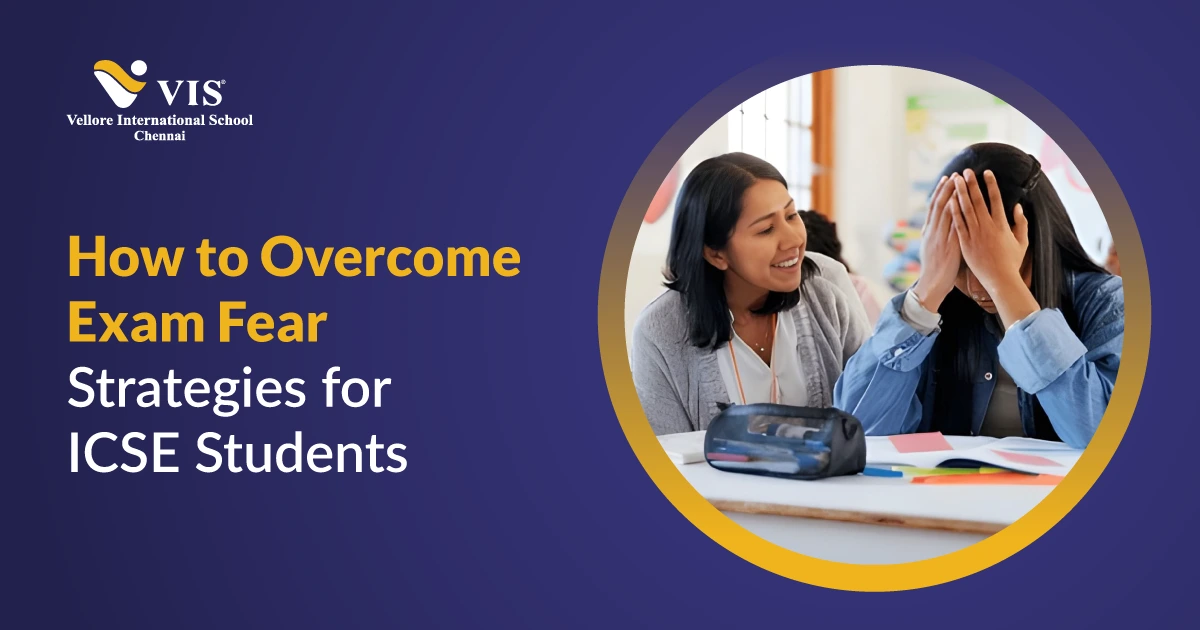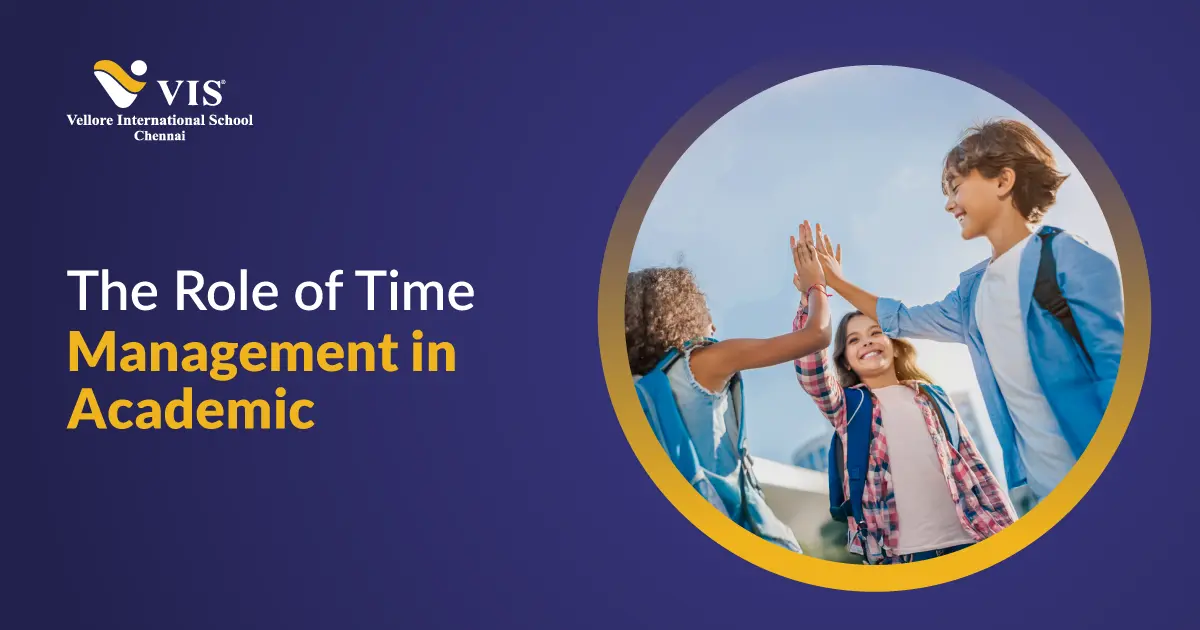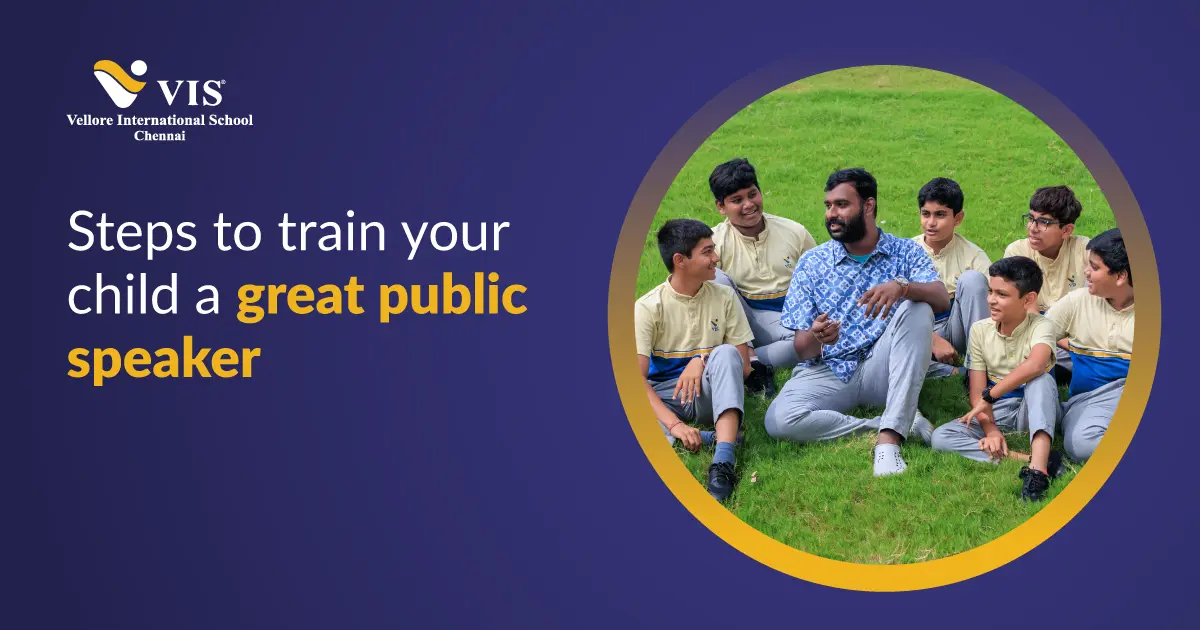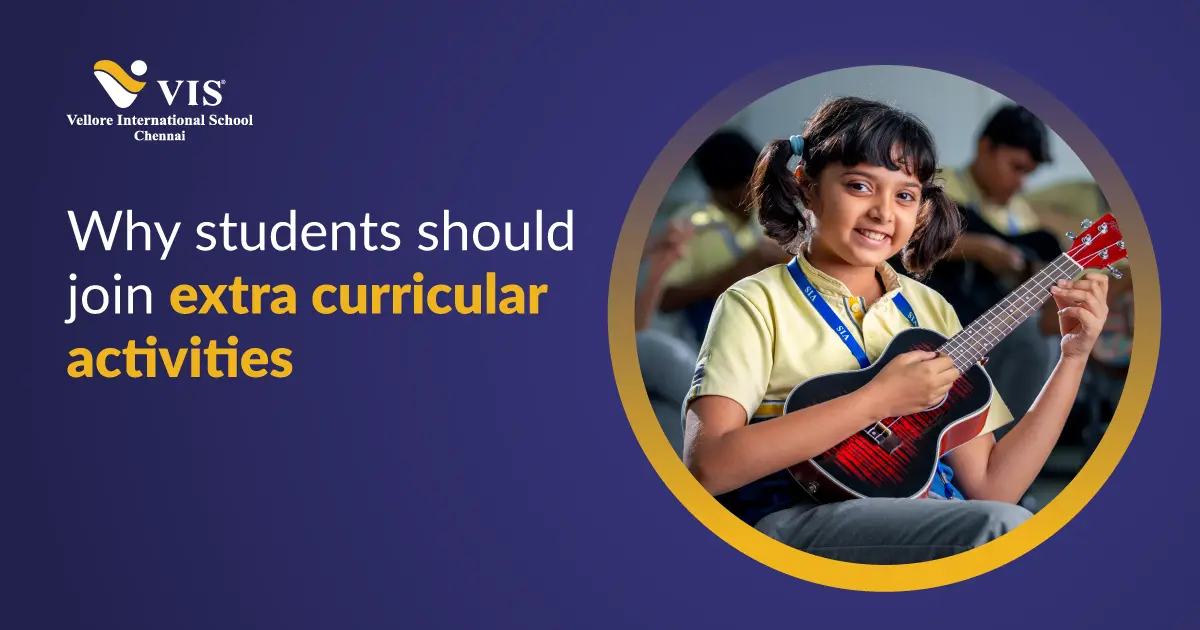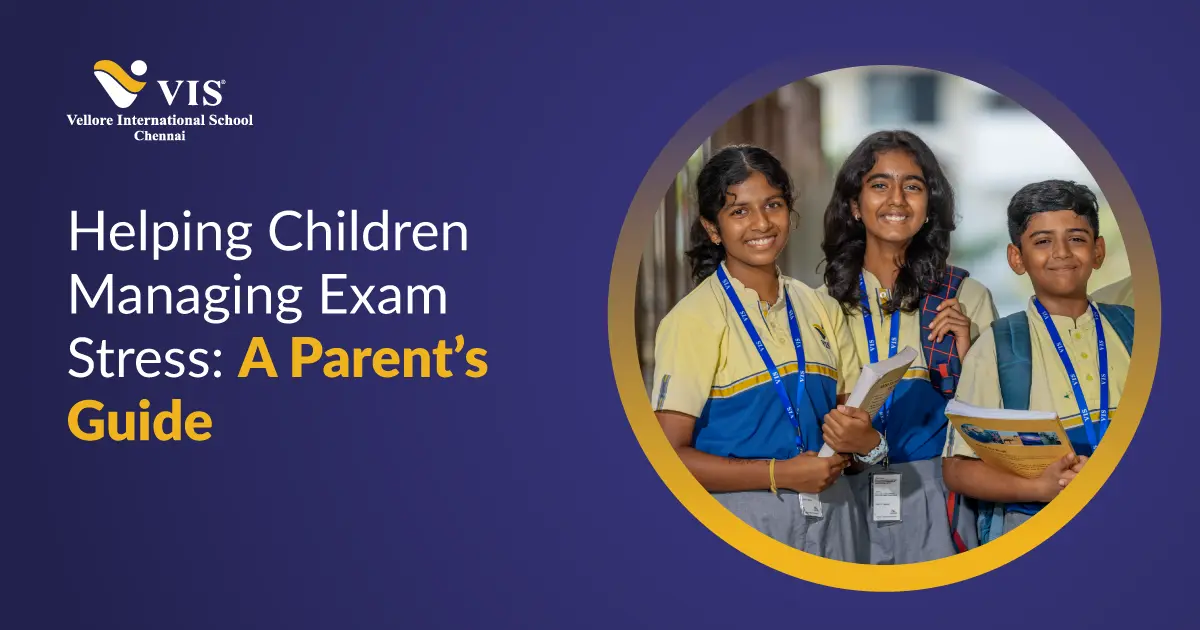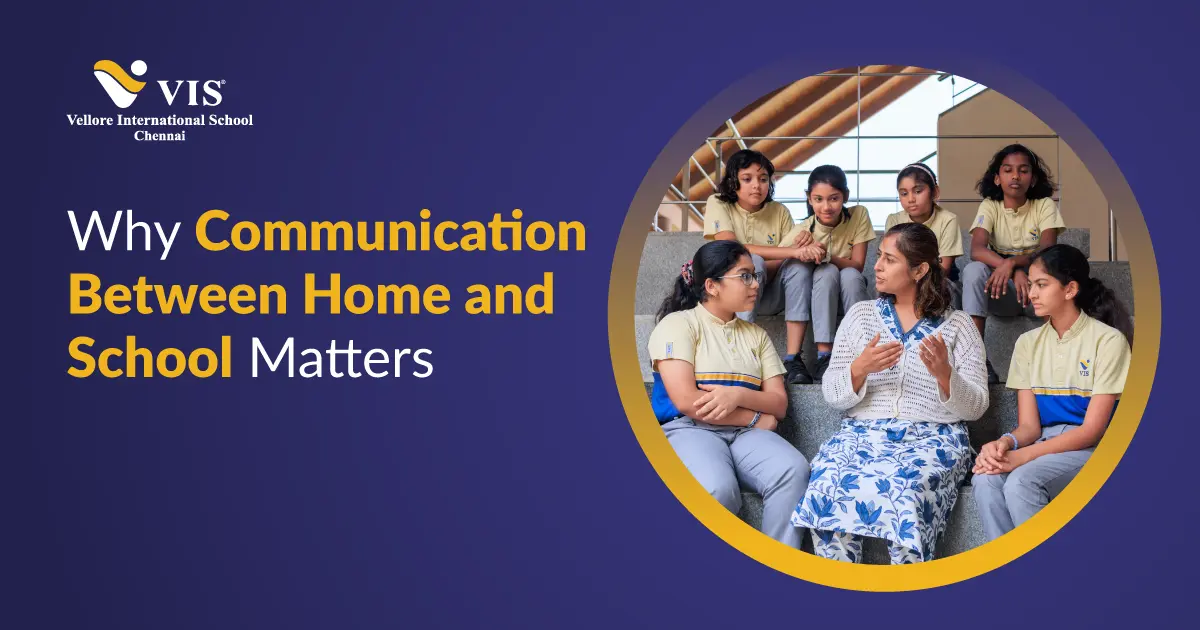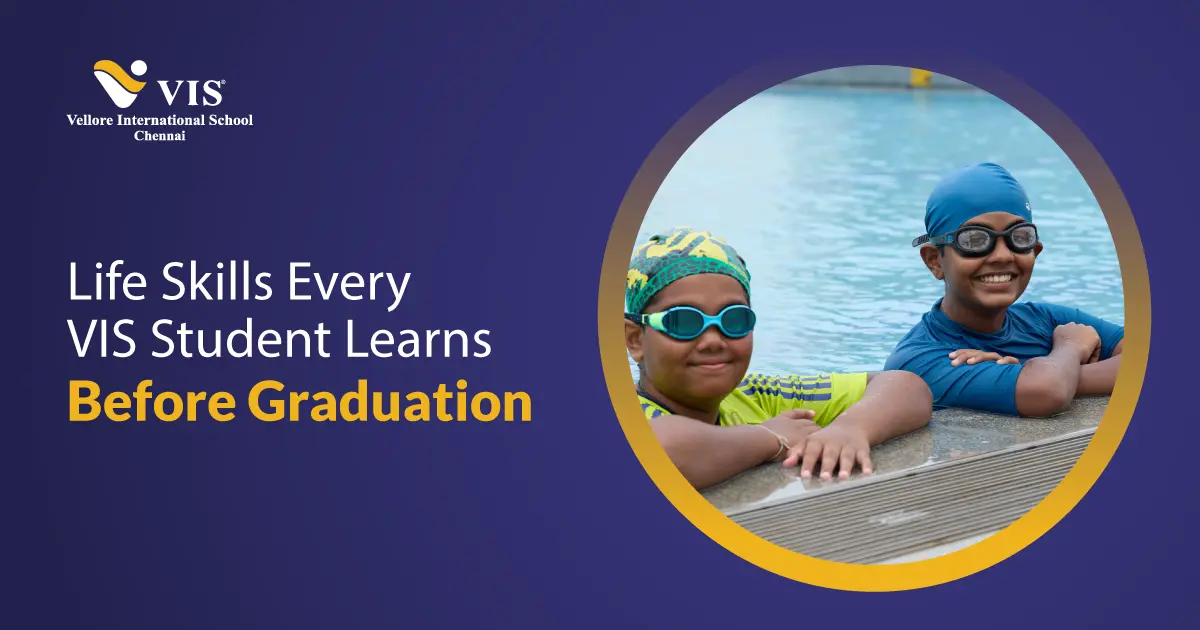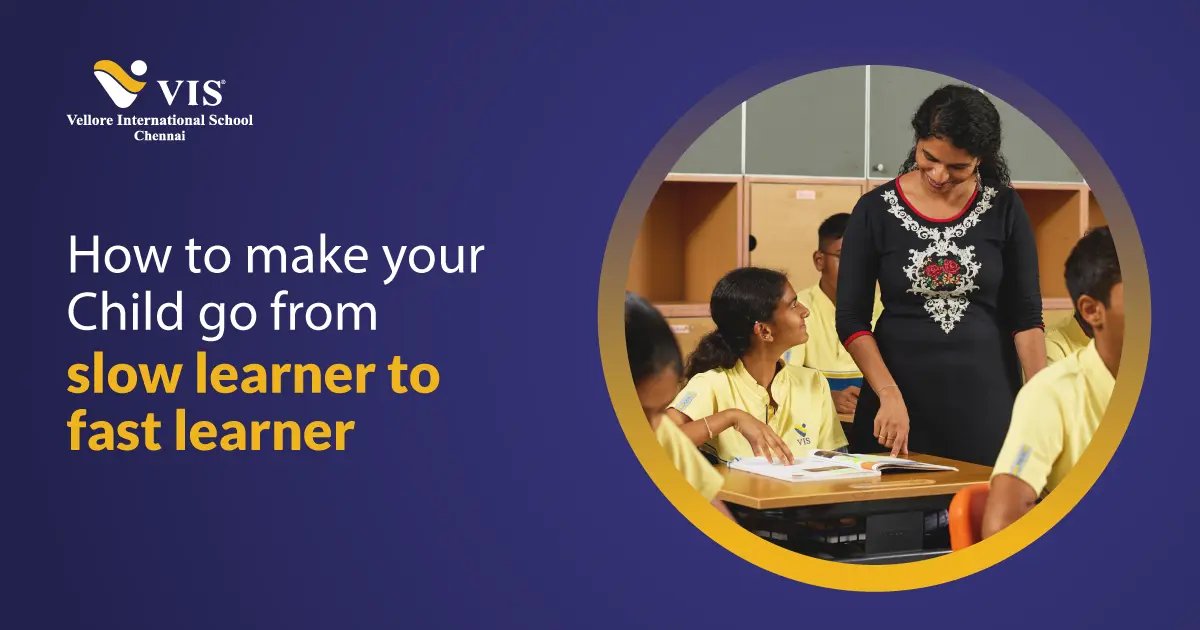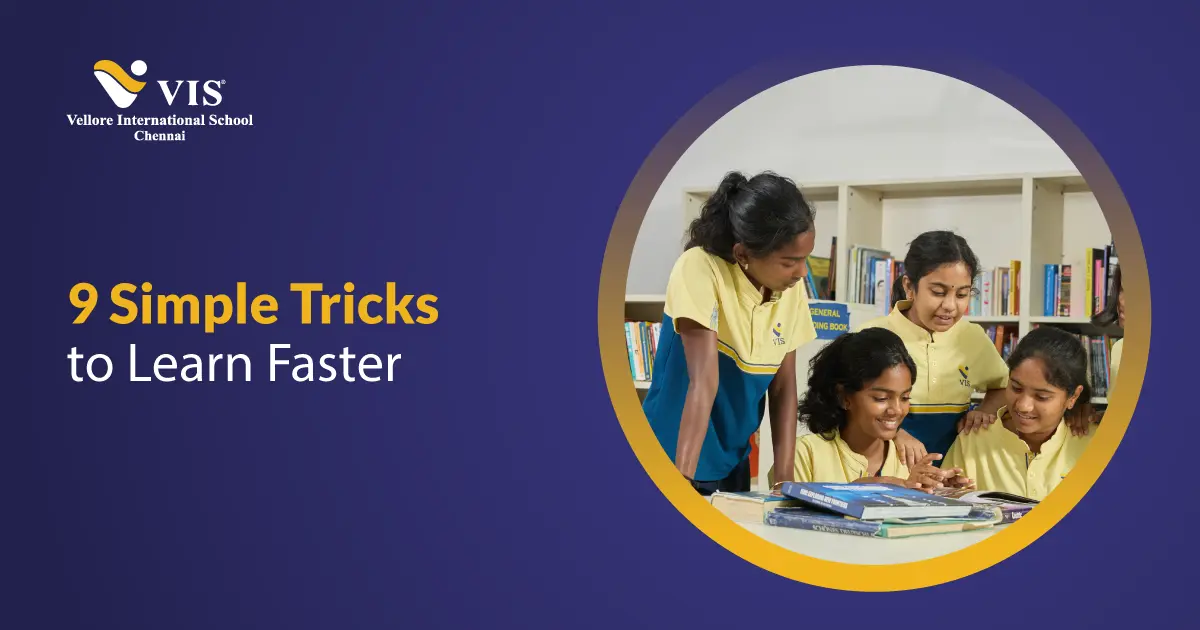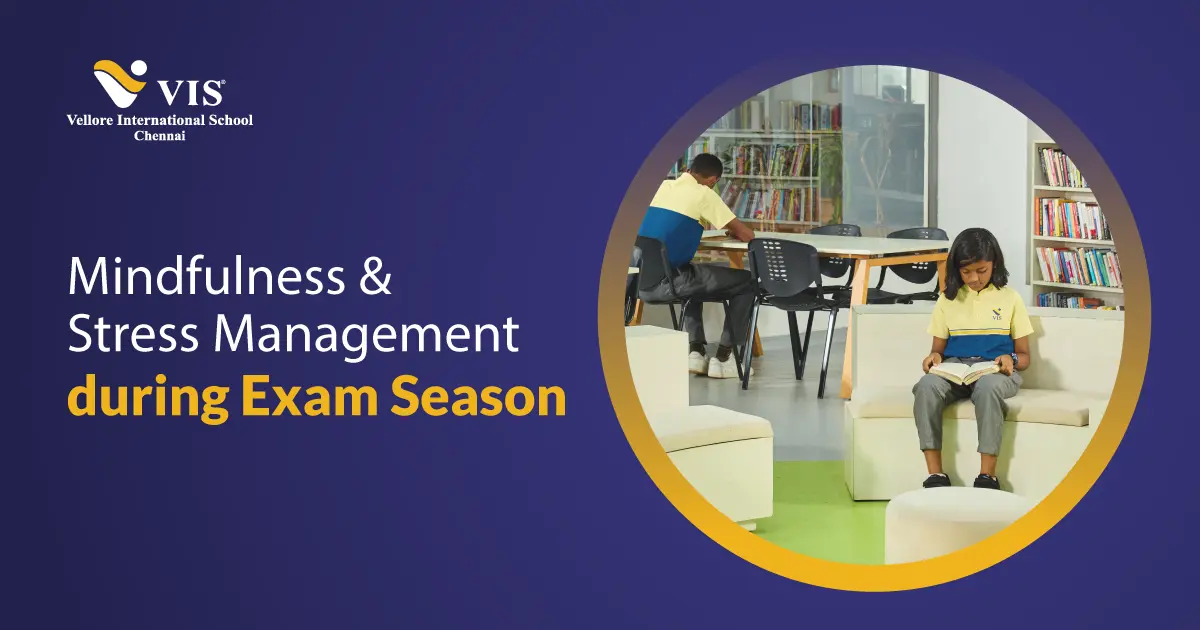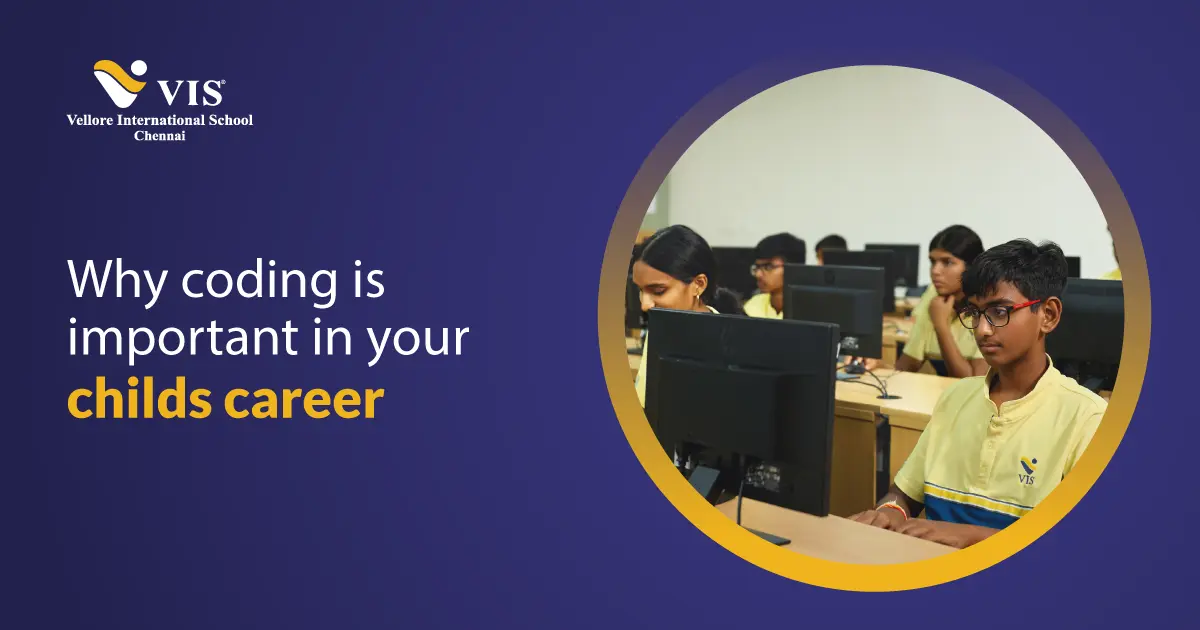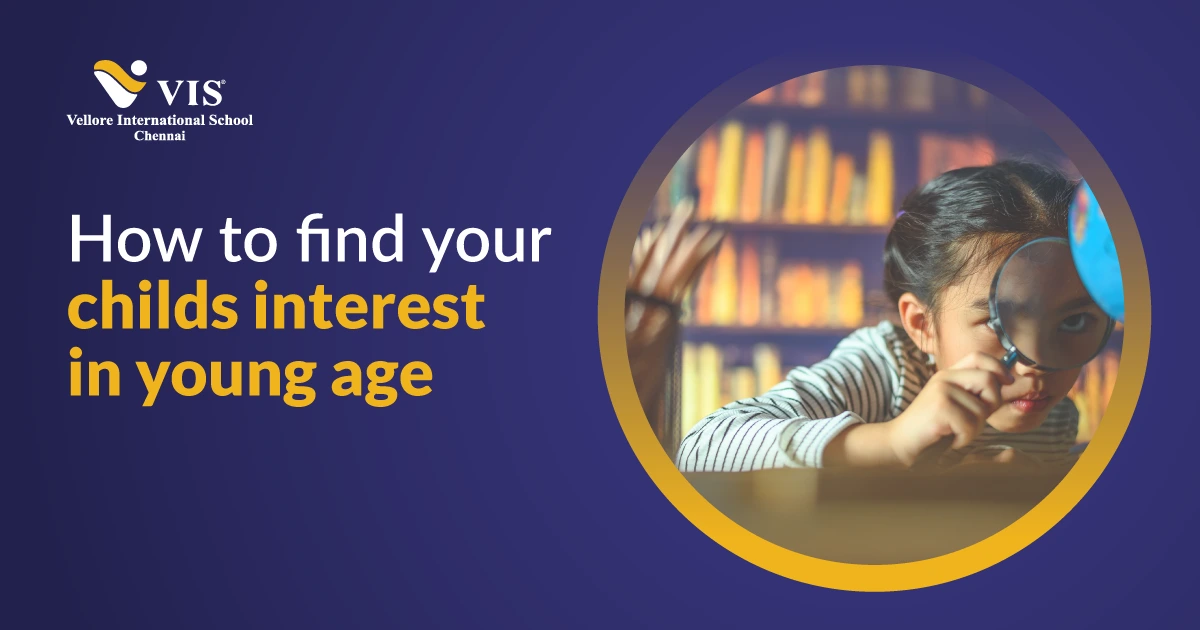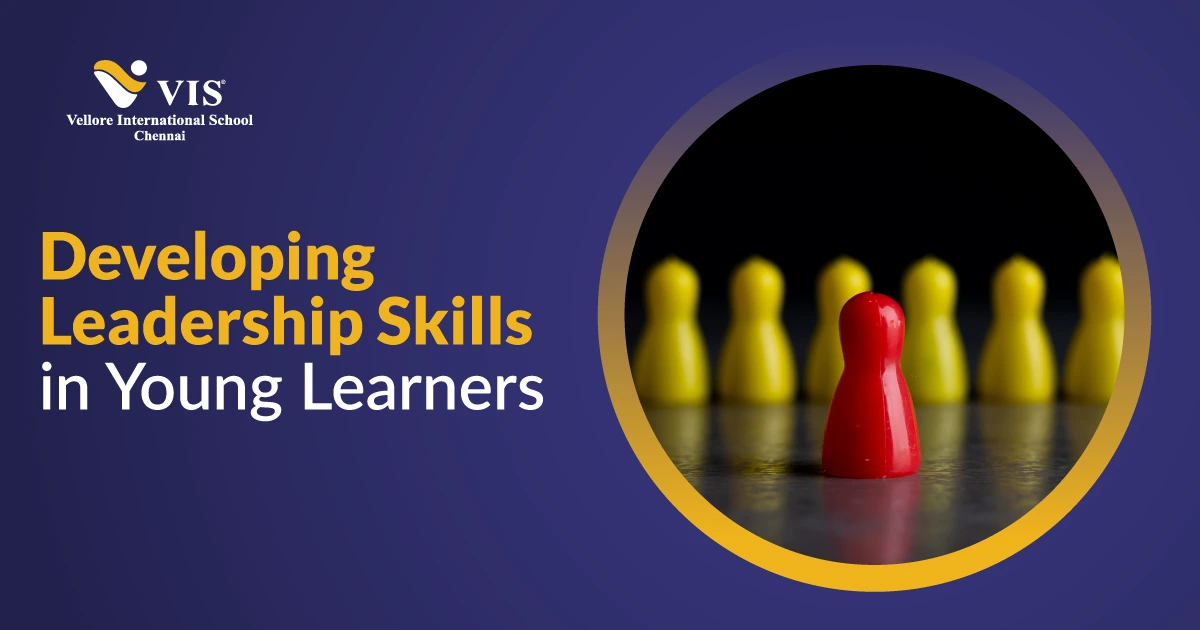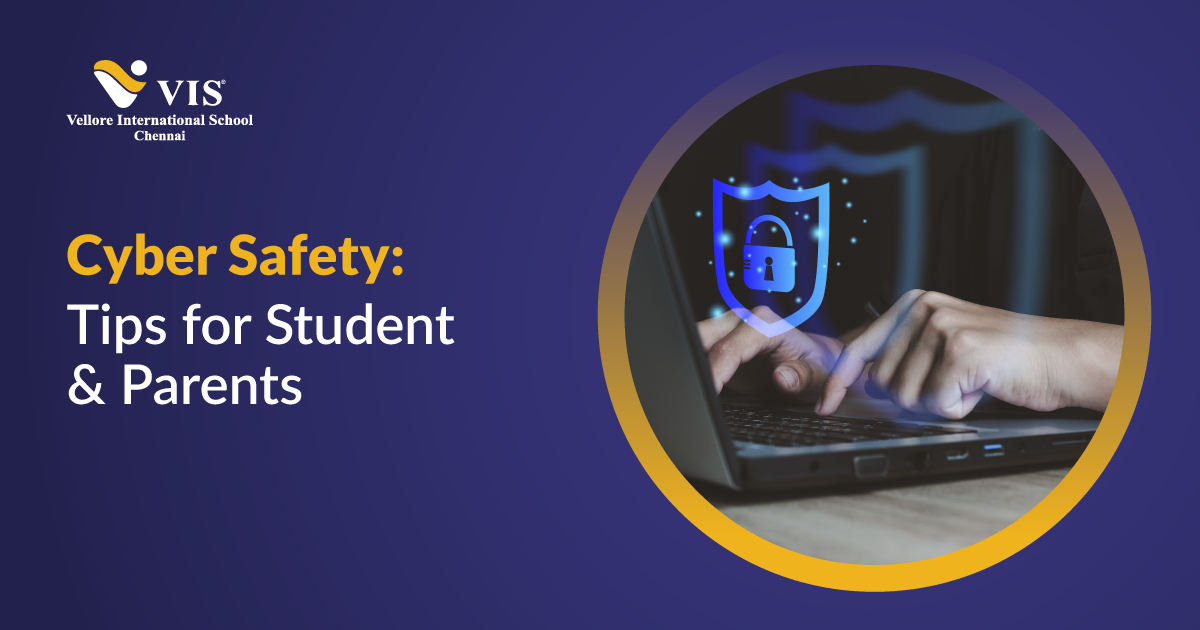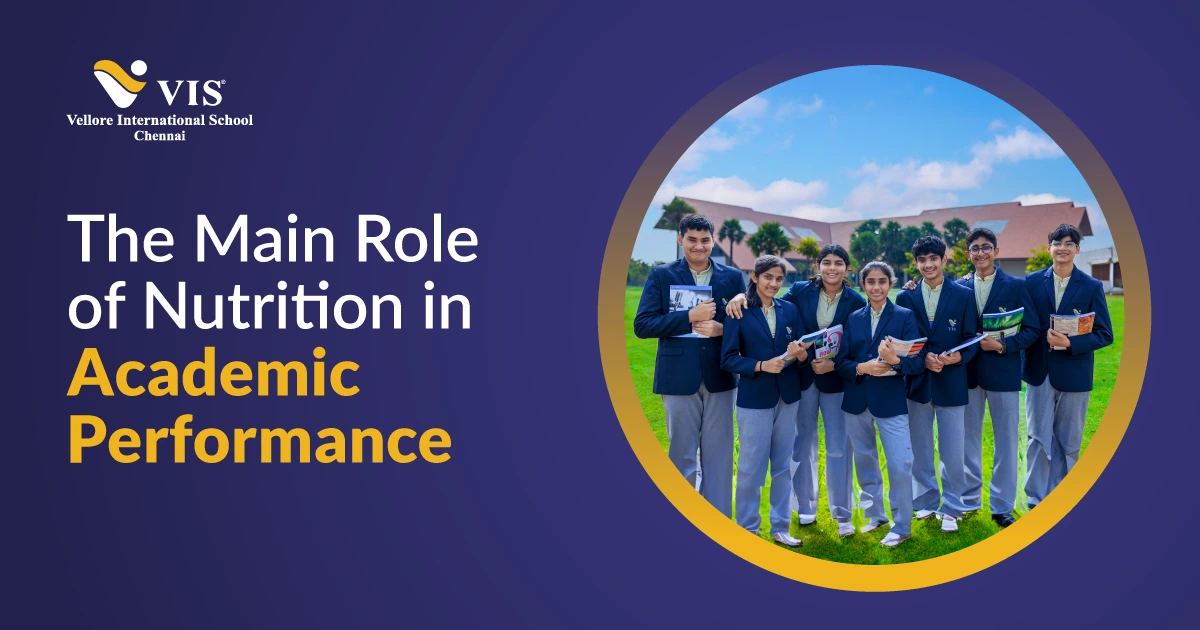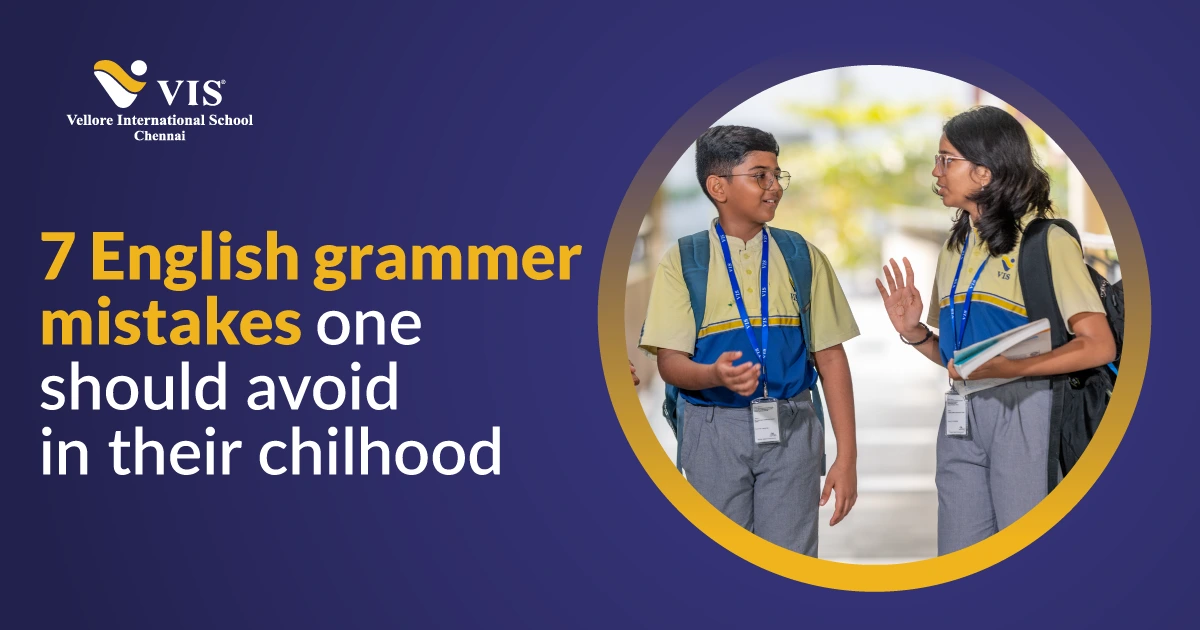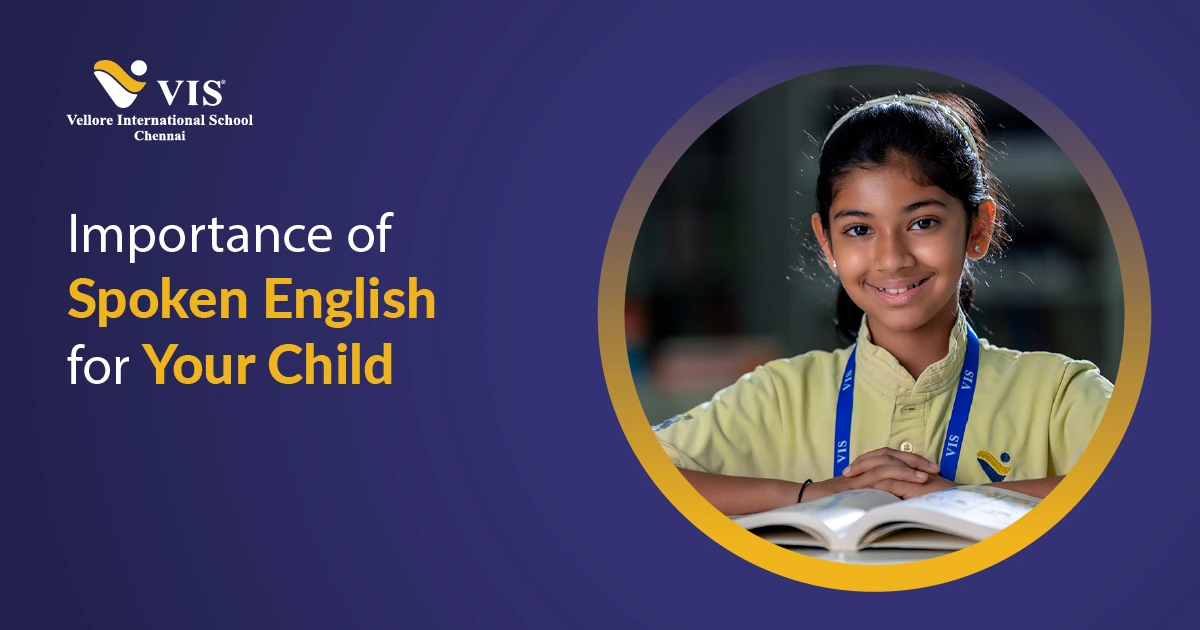Which instructional strategies do ICSE educational institutions use to sustain student educational interest?
Under the ICSE curriculum, educational institutions implement innovative teaching methods in ICSE to convert conventional classroom environments into stimulating educational centres. The teaching methods extend further than coursebooks because they integrate technology with interactive tools and practical activities to create learner engagement.
Introduction
The modern education system extends past academics to train students to adapt to quick changes in the world today. The organization is integrating innovative teaching methods into the ICSE curriculum because they advance learning effectiveness and boost student enjoyment. ICSE schools implement experiential learning alongside digital integration and collaborative projects, which enhance the development of thinking abilities along with problem-solving skills for unprepared students to thrive in the future.
1. Overview Of Innovative Teaching Methods In ICSE Schools
ICSE schools follow a full academic program that blends all subjects harmoniously. Innovative teaching methods in ICSE have become standard in schools to improve the educational experiences of students through meaningful and engaging instruction. These teaching methods move students past memorization only because they require application abilities and critical thinking, together with creative activities.
ICSE schools use technology with student-focused teaching methods and interdisciplinary approaches to develop an interactive and complete teaching-learning method.
2. The Need For Innovative Teaching Methods In ICSE Schools
The following educational approaches prove essential for ICSE educational institutions for the following reasons:
● Increased Student Engagement
Active educational approaches combined with creativity enable students to learn while remaining motivated and focused on their studies. Individuals learn better through digital narratives as well as game-based quizzes, which both overcome student apathy and enhance classroom participation.
● Changing Learning Styles
The modern educational population displays distinct ways of learning. Some students perceive information visually yet others understand best when they use hands-on learning activities. Modern educational techniques use different visual materials, such as videos, along with modelling and simulated activities to meet the learning requirements of multiple student types.
● Technology Integration
Educational institutions today require students with technology proficiency because of the digital environment. Students can learn more efficiently through educational apps, along with their integration of smart boards combined with tablets, which prepares them to use technology effectively.
● Skill-Oriented Education
Career requirements in modern times go beyond the boundaries of traditional abstract knowledge. Modern learning methods teach fundamental life abilities, which include metacommunication skills alongside teamwork skills, leadership aptitudes, and problem-solving expertise because these competencies determine future career excellence.
3. Role Of Teachers In Driving Innovation
Educators function as essential drivers who convert traditional educational environments into exciting modern learning areas. The teachers’ adaptive approaches together, with their imaginative teaching methods and ongoing learning dedication, result in a better understanding of students and enhanced skill development.
● Professional Development
Professional development starts by maintaining constant acquisition of knowledge. Educational entities conduct repeated teacher improvement courses and practical training alongside educational seminars to expose teachers to modern teaching systems along with digital instruction methods and worldwide educational patterns. Through these sessions, teachers expand their knowledge base concerning their subjects and obtain the tools to implement digital storytelling, inquiry-based learning, and collaborative projects.
● Interactive Lesson Planning
The traditional approach of teaching only through textbooks disappeared years ago. ICSE teachers today receive purposive direction for creating lively lesson content that engages students through the centre remaining dynamic. The classroom becomes a stimulating space for learning through the implementation of innovative teaching methods in ICSE. Teachers use interactive teaching methods by implementing historic role engagements to demonstrate history lessons and virtual science labs to demonstrate scientific principles.
● Personalised Support
The learning rhythm of every student operates individually. Educational innovation allows teachers to adapt their teaching practices to address student requirements. Teachers can recognize student abilities and shortcomings through classroom observations, along with educational technology adoption and assessment result evaluation. The provision of personalized teaching develops student confidence while delivering inclusive educational practices to the entire student body.
| Did You Know? Training educational programs with innovative teaching methods in ICSE practices lead to about 30% enhanced student success according to UNESCO’s 2023 Global Education Monitoring Report. Teaching methods need a strategic review because they demonstrate their direct influence on student achievement results. |
● Gamification Of Lessons
Students learn through gamification by experiencing elements of gameplay, which include scoring systems with rankings as well as prize systems and quiz content. This educational method boosts student drive toward learning while also maintaining classroom engagement and deepening class participation with increased enjoyment. The implementation of gamification enables two beneficial outcomes since students develop competitive relationships among themselves, together with enhanced memory retention skills, because games appeal to students at this age.
| Did You Know? The World Economic Forum forecasts that 65% of current primary school children will pursue employment in jobs that still do not exist. Educational methods based on innovation enable students to acquire flexible abilities that exceed conventional academic knowledge. |
VIS: The Convergence Of Both Academic Excellence With Balanced Student Development
In educational pursuits, establishing rapport with people is like trying to develop harmony with one’s surroundings. In a tranquil environment, VIS provides young students with national excellence united with classroom activities and character education. The educational institution promotes academic excellence together with the development of students’ emotional welfare abilities, and physical fitness. Students who study at VIS will thrive in a fast-changing world because the institution provides experienced faculty members and world-class infrastructure in addition to its global perspective.
Conclusion
Modern educational development has propelled ICSE schools to implement creative educational techniques that foster student interest and both mental engagement and physical engagement. The innovative approaches, which include flipped classrooms and STEAM learning, improve both educational results while developing vital life competencies in students. ICSE schools use innovation to develop students who become leaders of tomorrow while producing learners with better outcomes.
FAQs On Innovative Teaching Methods In ICSE
The approach enhances education through active participation, which results in deeper learning instead of surface-level memorization.
The innovative approaches add value to fundamental educational concepts by developing them into accessible educational experiences that interest students more.
The teaching methods develop analytical abilities along with teamwork and practical problem-solving capability to make abstract curriculum concepts more operational.
The use of innovative learning strategies fits different learners across multiple grades, starting from primary to higher secondary levels.
Smart boards, together with educational apps and digital content and smart boards enable technology to deliver personalized learning that enhances student effectiveness.

